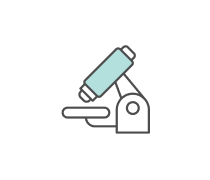Take Home Quiz Chapter 13
- CLSI
- CDC Guidelines
2.
You may optionally provide this to label your report, leaderboard, or certificate.
×
Thank you for your feedback!
















